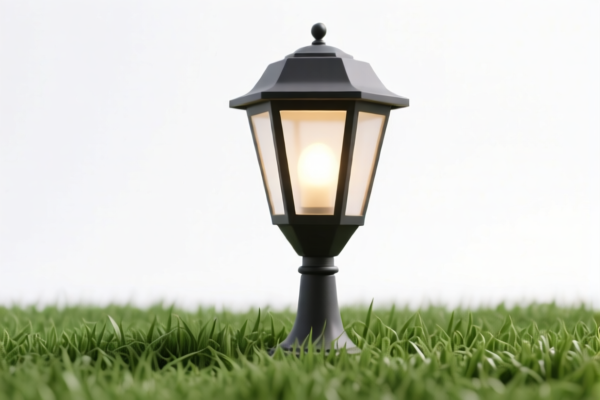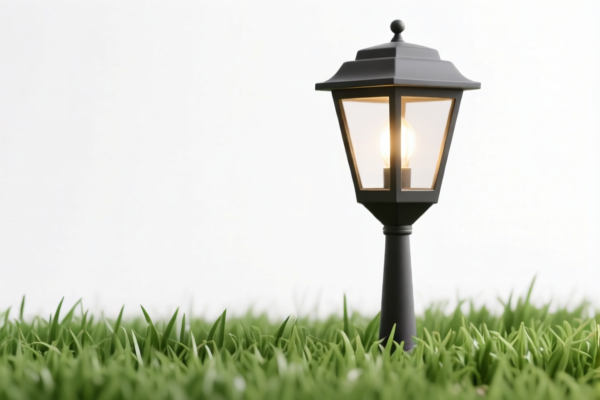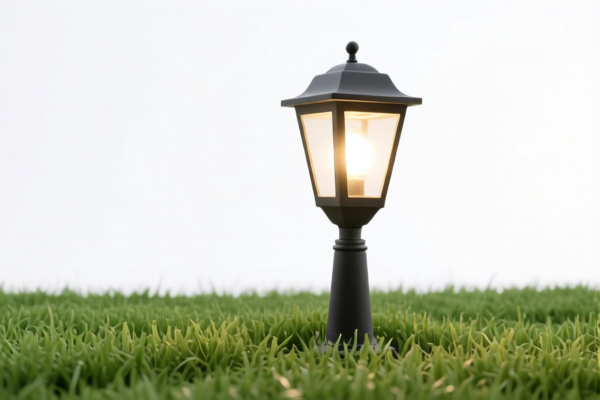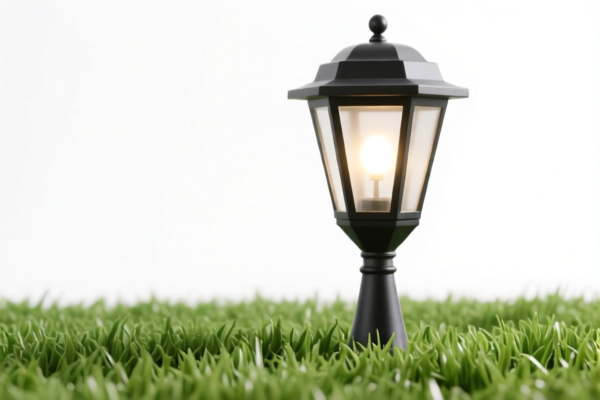| HS Code | Official Doc | Tariff Rate | Origin | Destination | Effective Date |
|---|---|---|---|---|---|
| 6701003000 | Doc | 59.7% | CN | US | 2025-05-12 |
| 6701006000 | Doc | 59.7% | CN | US | 2025-05-12 |
| 6801000000 | Doc | 57.8% | CN | US | 2025-05-12 |
| 1209299179 | Doc | 55.0% | CN | US | 2025-05-12 |
| 5601290090 | Doc | 59.0% | CN | US | 2025-05-12 |
| 5601290010 | Doc | 59.0% | CN | US | 2025-05-12 |
| 5609001000 | Doc | 57.9% | CN | US | 2025-05-12 |
| 5609002000 | Doc | 55.0% | CN | US | 2025-05-12 |
| 5404198080 | Doc | 61.9% | CN | US | 2025-05-12 |
| 5404900000 | Doc | 55.0% | CN | US | 2025-05-12 |




Lawn
A lawn is an area of short, cultivated grass, typically found in gardens, parks, and other landscaped areas. It is maintained through practices such as mowing, fertilization, irrigation, and weed control.
Material:
The primary material of a lawn is grass. Numerous grass species are used, selected based on climate, soil type, and intended use. Common types include:
- Cool-season grasses: Kentucky bluegrass, perennial ryegrass, tall fescue, fine fescues. These thrive in cooler temperatures and moderate rainfall.
- Warm-season grasses: Bermuda grass, Zoysia grass, St. Augustine grass, Bahia grass. These flourish in hot climates and are more drought-tolerant.
- Hybrid grasses: Developed for specific traits like improved color, texture, or disease resistance.
Beyond grass, lawns often contain soil, sand, clay, and organic matter (such as compost or peat moss) to provide a suitable growing medium.
Purpose:
Lawns serve a variety of purposes, including:
- Aesthetic: Providing a visually appealing green space.
- Recreational: Offering a surface for activities like playing, relaxing, and entertaining.
- Environmental: Helping to prevent soil erosion, filter pollutants, and cool the surrounding air.
- Functional: Defining spaces, creating a buffer zone, and providing a surface for walkways or driveways.
Function:
The primary function of a lawn is to provide a durable, aesthetically pleasing ground cover. This is achieved through:
- Photosynthesis: Grass converts sunlight into energy, producing oxygen and absorbing carbon dioxide.
- Root System: A dense root system stabilizes the soil, preventing erosion and improving drainage.
- Water Absorption: Grass absorbs rainwater, reducing runoff and recharging groundwater.
- Nutrient Cycling: Grass absorbs nutrients from the soil and releases them back into the ecosystem.
Usage Scenarios:
Lawns are commonly found in:
- Residential Gardens: As a central feature of the landscape.
- Parks and Public Spaces: Providing recreational areas and aesthetic appeal.
- Sports Fields: Creating a playing surface for various sports.
- Golf Courses: Maintaining a specific turf quality for optimal play.
- Commercial Properties: Enhancing the appearance of businesses and institutions.
Common Types (based on characteristics):
- Kentucky Bluegrass: Popular for its rich color and fine texture, requires significant maintenance.
- Perennial Ryegrass: Germinates quickly and provides a durable surface, often used in sports fields.
- Tall Fescue: Drought-tolerant and disease-resistant, suitable for a variety of climates.
- Bermuda Grass: Warm-season grass known for its heat tolerance and rapid growth.
- Zoysia Grass: Warm-season grass with a dense, luxurious texture, requires less maintenance than Bermuda grass.
- Artificial Turf: A synthetic alternative to natural grass, requiring minimal maintenance.
The declared goods, “lawn,” relate to seeds used for sowing, specifically forage plants.
Here are the relevant HS codes found within the provided reference material:
- 1209299179: Seeds, fruits and spores of a kind used for sowing: Seeds of forage plants: Other: Other grass.
- 12: Seeds, fruits and spores; plants, parts of plants. This chapter covers various types of seeds and plants.
- 09: Seeds of forage plants. This heading specifically focuses on seeds intended for animal feed.
- 29: Other. This subheading further specifies seeds not elsewhere classified within this heading.
- 91: Other grass. This further specifies the type of forage plant.
According to the provided reference material, the HS code options related to 'lawn' are limited, with only the following 1 found.
Regarding HS code 1209299179, the total tax rate is 55.0%, comprised of a 0.0% basic tariff and a 25.0% additional tariff, increasing to 30.0% after April 2, 2025.
Customer Reviews
No reviews yet.